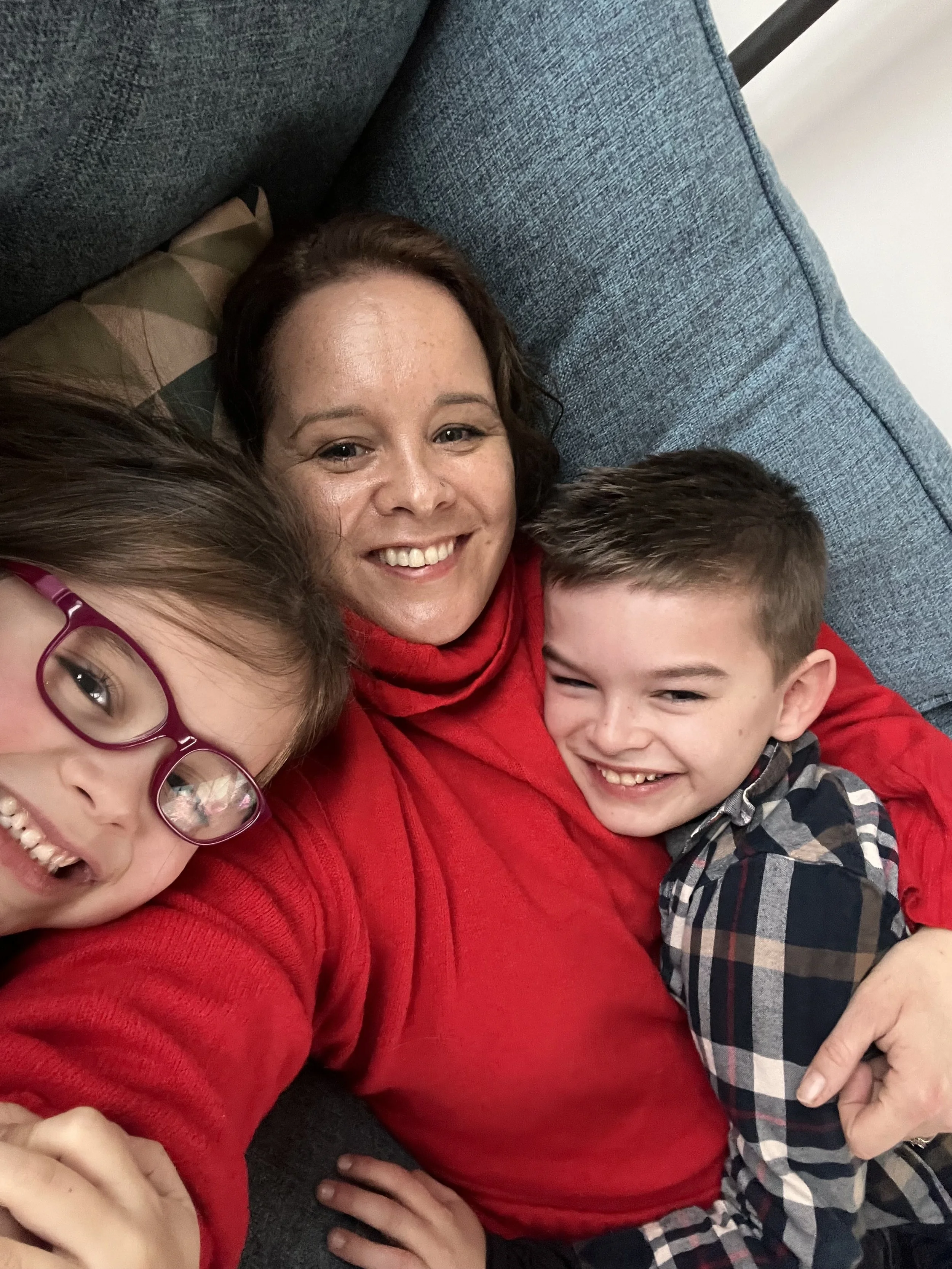How to Help Your Neurodivergent Child To Fall Asleep: Practical Tips for Better Sleep
As a parent of a neurodivergent child, sleep can often be one of your biggest challenges.
Sleep is a complex phenomenon, with many factors affecting how well your child rests.
From daily activities to biological processes, everything your child does can impact their sleep. And when your child doesn’t sleep well, it can affect nearly every area of their life—mood, behaviour, academic performance, and even social relationships.
Why Sleep Is So Important for Your Neurodivergent Child
Sleep isn’t just essential for physical health—it’s crucial for emotional regulation and cognitive function. For neurodivergent children, including those with ADHD, autism, or sensory processing disorders, sleep can be particularly difficult. These children may struggle to fall asleep, stay asleep, or experience disrupted sleep cycles, which ultimately impacts their daytime behaviour and ability to function at their best.
The lack of adequate sleep can contribute to difficulty focusing, emotional outbursts, and poor academic or social performance. This is why helping your neurodivergent child develop healthy sleep habits is vital for their overall well-being.
Flipping the Switch: Understanding the Nervous System's Role in Sleep
To better understand sleep challenges, it’s important to know how the body’s autonomic nervous system (ANS) works. The ANS is made up of two key branches: the sympathetic nervous system (SNS) and the parasympathetic nervous system (PNS).
The Sympathetic Nervous System (SNS): This is the body’s “fight or flight” system, responsible for keeping your child alert, focused, and ready to engage with the world. You can think of the SNS as the "on switch" for your child's alertness and energy. However, for many neurodivergent children, particularly those with ADHD, the SNS can be overactive, keeping them in a constant state of alertness from morning to night, which can make it extremely difficult to wind down when bedtime arrives.
The Parasympathetic Nervous System (PNS): In contrast, the PNS is the “rest and digest” system, which promotes relaxation and sleep. When your child’s PNS is active, they are able to unwind and transition more easily into a restful state. You can think of the PNS as the "off switch" for alertness and the "on switch" for sleep. For neurodivergent children, particularly those with ADHD or autism, switching from the SNS (alert) to the PNS (restful) can be a challenge, making it harder for them to fall asleep.
How Your Neurodivergent Child's Sleep Architecture May Differ
It's important to note that neurodivergent children may have different sleep architecture compared to neurotypical children. Sleep architecture refers to the structure and progression through the different stages of sleep, including light sleep, deep sleep, and REM sleep. For neurodivergent children, sleep can be more fragmented or less restorative, making it harder for them to get the deep, restorative sleep they need.
Additionally, many neurodivergent children are prescribed medication to manage their conditions. If your child is on medication, it’s crucial to work with your paediatrician or psychiatrist to ensure proper timing of doses, as certain medications, particularly stimulants, can interfere with your child’s ability to fall asleep and stay asleep.
Top Tips for Helping Your Neurodivergent Child Sleep Better
Whether your child is on medication or not, these strategies can be used to support healthy sleep patterns. These tips can be used independently or alongside medication to improve your child's ability to wind down and get the rest they need.
Movement
One of the most effective ways to support healthy sleep is through physical exertion. Due to the pressures on parents today, it can be difficult to fit enough physical activity into your child’s routine. However, children under 5 years old should be physically exerted for at least 3 hours a day, and this requirement increases with age, especially for children with conditions like ADHD, who often need more movement to regulate their emotions and behaviour.
It can be difficult for children with neurodivergent conditions, such as ADHD, to stay still for long periods of time, especially during school. A sedentary school day can increase their restlessness, making it harder for them to fall asleep at night. Incorporating movement breaks and sensory circuits throughout the school day can help your child release pent-up energy and promote better focus and calm. Speak with the school about implementing regular movement activities, like bouncing, wall press ups, cross crawling, stretching or walking, to help your child stay regulated.
Timing of Meals to Support Sleep
The timing of meals plays a crucial role in regulating your child's sleep. Your body has an internal circadian rhythm, which helps to regulate sleep and wake cycles. This rhythm is influenced by factors such as light exposure, meal timing, and physical activity. To support healthy sleep, try to ensure that your child finishes their dinner at least 2 hours before bedtime. This allows the body time to digest and prepare for sleep.
After dinner, offer a light snack that helps regulate blood sugar levels throughout the night. This can prevent early-morning wakefulness caused by low blood sugar. Meals that are rich in protein and healthy fats can help maintain blood sugar stability overnight.
Optimise the Sleep Environment for Comfort
Creating a comfortable sleep environment is essential. Your child’s bedroom should ideally be kept at a cool temperature of 16-18°C (60-65°F). This is because our bodies naturally experience a slight rise in core body temperature (CBT) in the evening, which then needs to dip to trigger sleep. Keeping the room cool supports this natural process, helping your child fall asleep faster and stay asleep more soundly.
Red Night Light for a Calming Atmosphere
If your child is afraid of the dark or has trouble transitioning to sleep, a red night light can be a helpful solution. Unlike blue or white light, which can interfere with melatonin production and disrupt the body’s sleep-wake cycle, red light has a minimal effect on melatonin and helps create a calm, soothing environment for your child to fall asleep.
Final Thoughts: The First Step Toward Better Sleep
These tips are a great starting point, but every child is unique, and it may take time to find the right combination of strategies for your family. Don’t hesitate to work with your paediatrician or psychiatrist to ensure you're taking the right approach, particularly if your child is on medication. Proper timing of medication doses is essential to avoid any interference with sleep patterns.
If you’re looking for more personalised support or specific strategies tailored to your child’s needs, don’t hesitate to reach out. Helping your neurodivergent child achieve better sleep is one of the most important things you can do to support their overall health and development.




